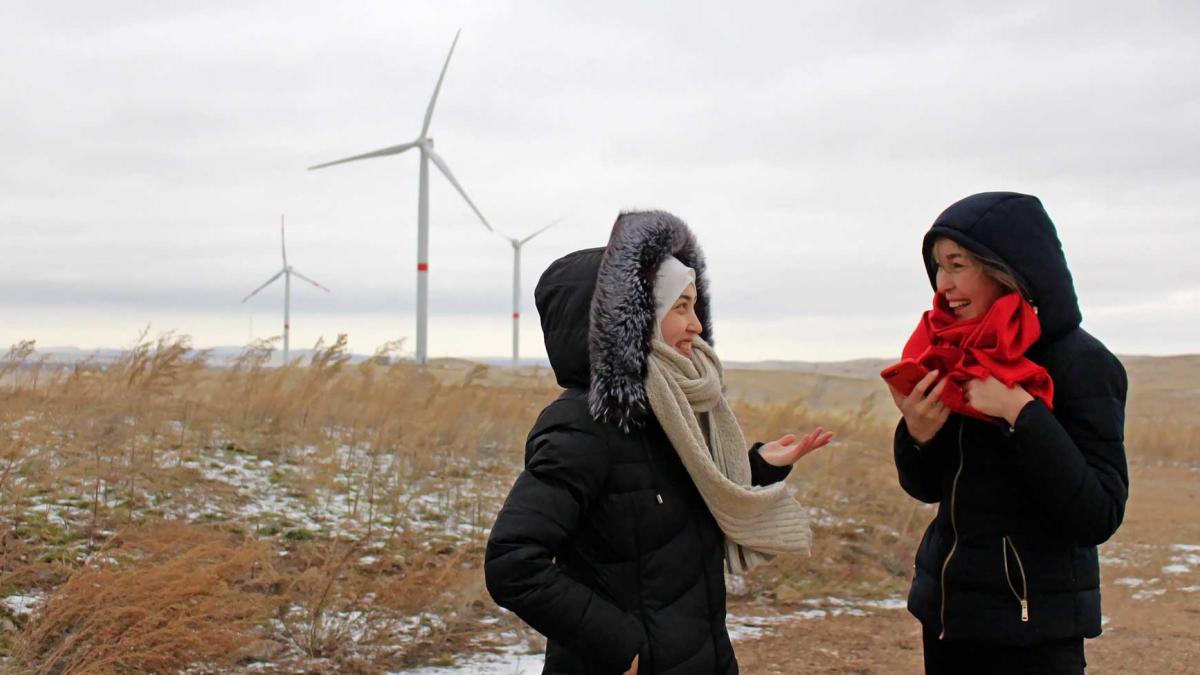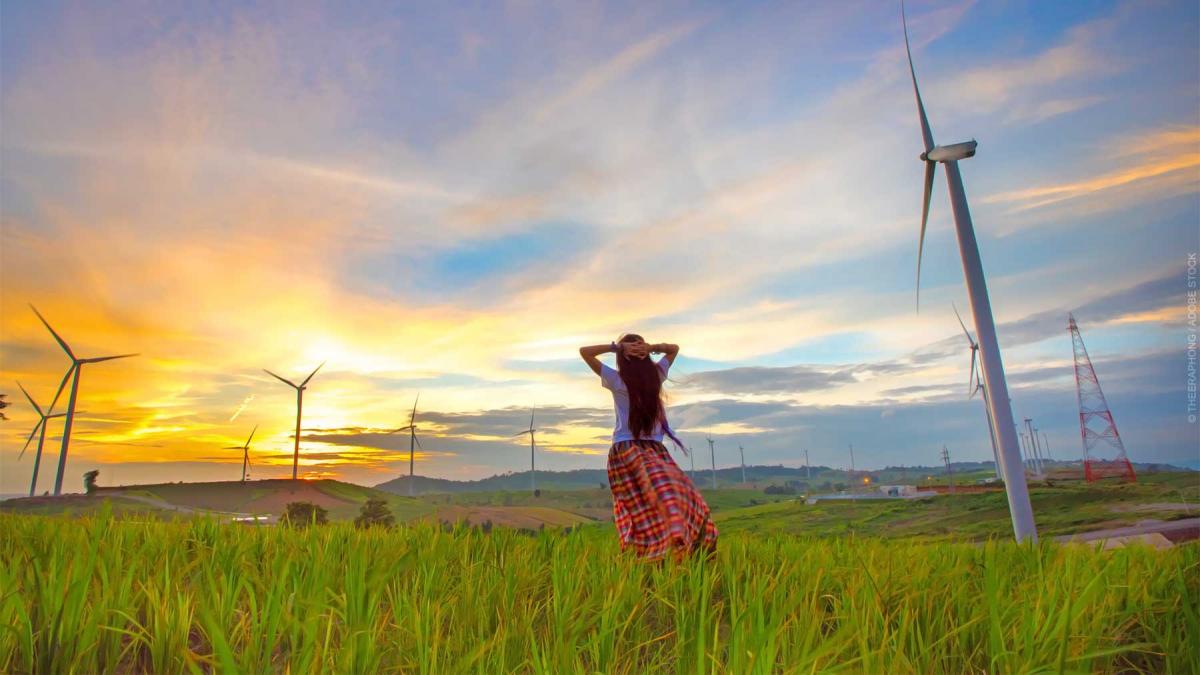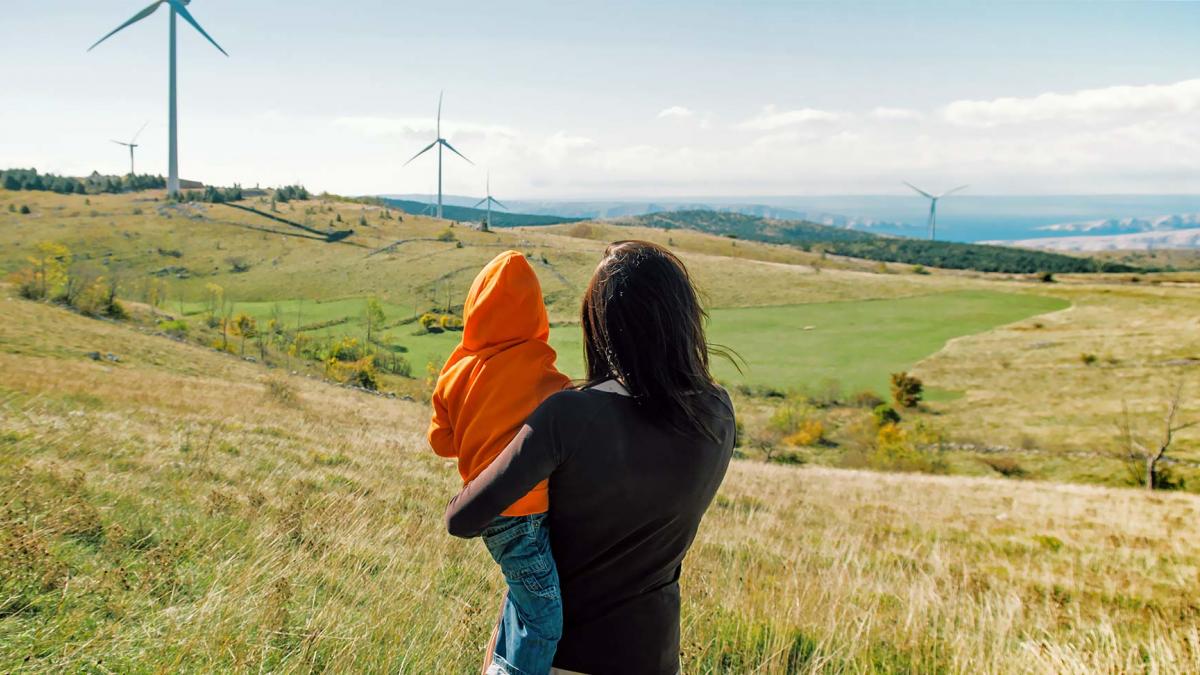This webinar examines, through the lens of the Kazakhstan experience, how to design renewable energy auction programs that diversify a country’s energy mix, attract private investment, and achieve competitive prices.
USAID supports partner countries to accelerate the clean energy transition by helping design and implement auctions that can rapidly scale clean energy at low prices and advance national economic and clean energy goals. USAID provides support for auctions through bilateral and regional energy programs and a variety of programs managed out of Washington, D.C.
Kazakhstan is a major producer and exporter of coal, crude oil, and natural gas. Despite being a fossil fuel–based economy with a surplus of energy for domestic consumption, Kazakhstan is transitioning to a green economy and set an ambitious goal—to generate 50 percent of its electricity from alternative and renewable energy sources by 2050.
To meet these goals, the Government of Kazakhstan held Central Asia’s first ever competitive auctions for renewable energy projects in 2018. Over the next two years, Kazakhstan held 28 auctions with a total capacity of 1,255 megawatts (MW) offered and a total capacity of 1070.82 MW contracted, including 609.84 MW of wind; 356.5 MW of solar; 89.08 MW of hydro; and 15.4 MW of biomass.
On September 30, 2020, USAID hosted a webinar, Kazakhstan: Energy Diversity through Renewables, to explore how Kazakhstan secured competitive prices through the auction program’s open, fair, and transparent procurement process. Today, Kazakhstan’s auction program is diversifying the country’s energy mix, attracting international investors, and modernizing the energy sector.
The webinar discussed topics including, but not limited to, how to:
- Get stakeholder buy-in to transition from feed-in tariffs to auctions;
- Create favorable conditions for private sector investment;
- Design an auction for a country that has a surplus of thermal generation capacity;
- Test the market, limit exposure, and increase competition through auction sizing and design;
- and Address VRE integration challenges systematically in the short, medium, and long term.
The 1.5 hour recording will be useful to government energy stakeholders, development professionals, the private sector, and educators as it extrapolates key experiences and lessons from Kazakhstan’s auction program that can be applied to similar country contexts



